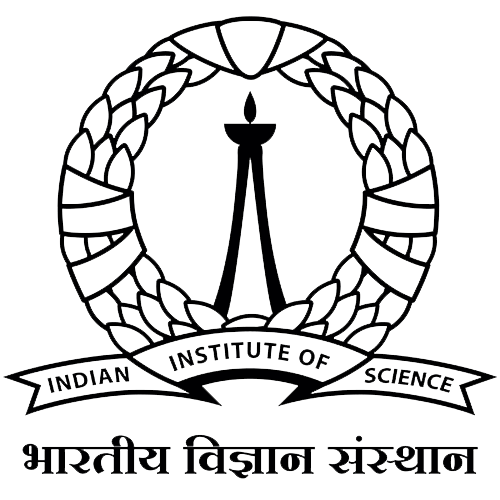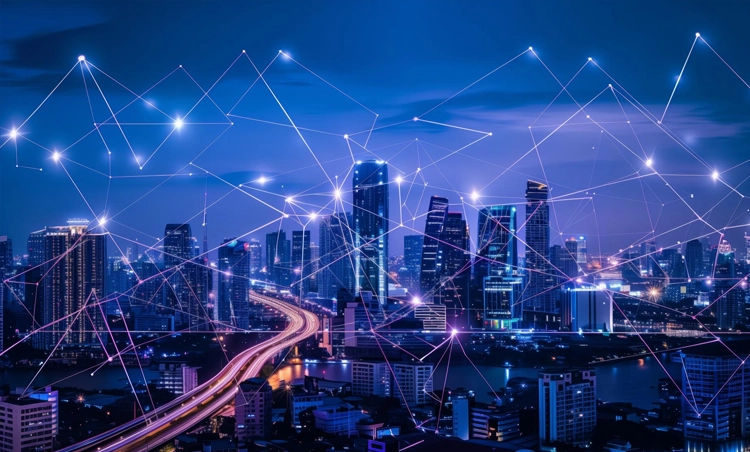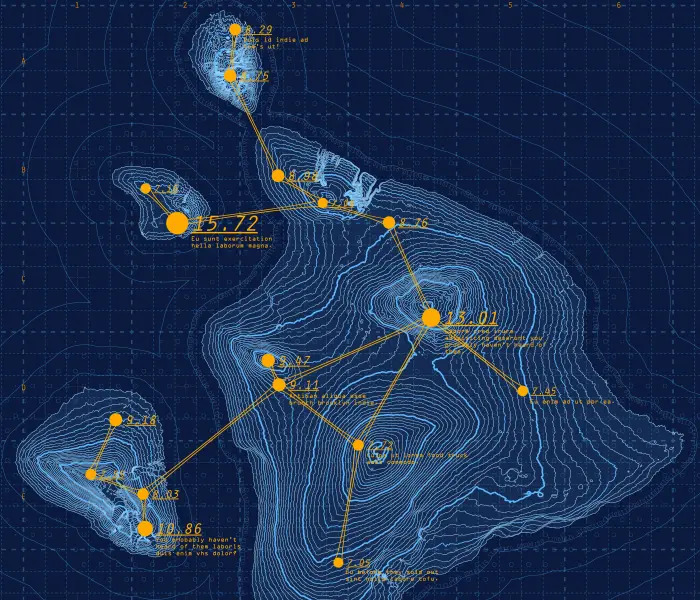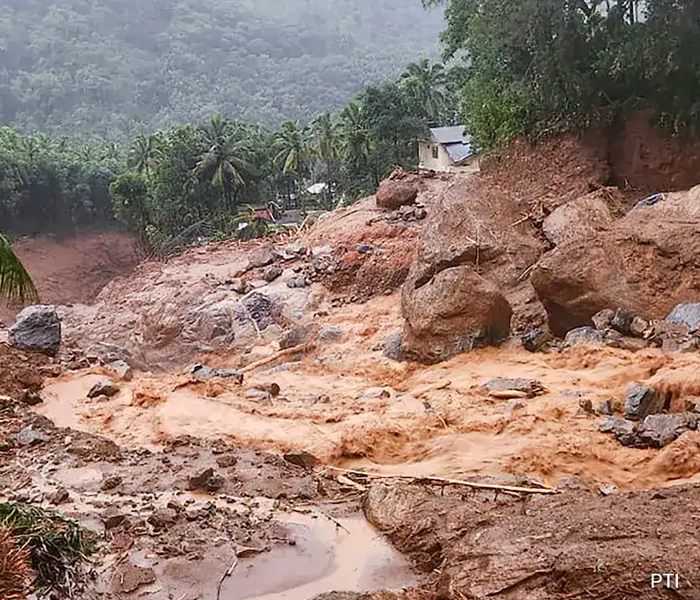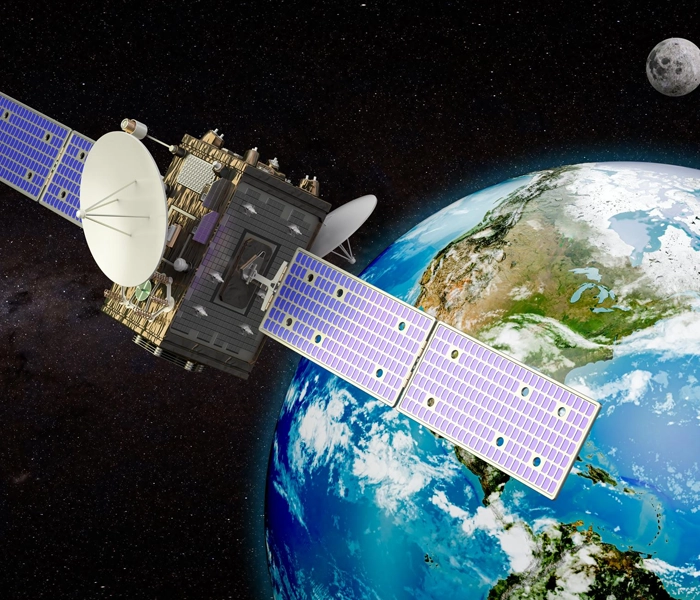Breaking Data Silos: How GDI is Transforming Access to Geospatial Information in India
-
CDPG
-
November 5, 2025
-
Blog
-
0 Comments
For years, some of India’s most valuable geospatial datasets remained scattered across government departments, research institutes, or private organizations. They held immense potential to transform logistics, strengthen climate resilience, and support smarter urban planning, but they remained difficult to access, buried in different formats and lacking interoperability. Recognizing this challenge, the Government of India through the Department of Science and …
Continue Reading
GDI federated node: Smarter way of sharing your data without giving it away!
-
CDPG
-
November 5, 2025
-
Blog
-
0 Comments
Introduction Traditionally, data exchanges have relied on a centralized architecture — where both the control plane (responsible for cataloging, authorization, and access management) and data plane (where the datasets are stored and served) are hosted centrally. While functional, this model faces challenges of scalability, data governance, and security risks, especially as data volumes and contributors grow. The GDI federated architecture …
Continue Reading
An Overview of the GDI Python SDK
-
CDPG
-
April 17, 2025
-
Blog
-
0 Comments
The GDI Python SDK is a command-line toolkit designed to streamline interaction with the Integrated Geospatial Data Sharing Interface (GDI), accessible at https://catalogue.geospatial.org.in. Built to support a wide range of geospatial workflows, the SDK enables users to efficiently access, process, and manage both vector and raster data within a unified, scriptable environment. With support for various storage backends including MinIO, …
Continue Reading
Landslide Damage Assessment, Wayanad, Kerala
-
CDPG
-
April 8, 2025
-
Blog
-
0 Comments
India is experiencing various forms of natural hazards including, earthquakes, landslides, floods, forest fires, cyclones, and drought etc. Among these, landslides are one of the more prominent and devastating natural hazards especially in the hilly areas of the country. The eastern part of Kerala state (Western Ghats) in southern India is highly prone to landslides due to its Physio‐climatic condition, …
Continue Reading
From Space to Soil: Leveraging Satellite and Weather Data for Flood Damage Assessment and Insurance Claims for Farmers
-
CDPG
-
April 8, 2025
-
Blog
-
0 Comments
In an era where climate change is bringing more erratic weather patterns, the consequences of heavy rainfall and flooding on agriculture can be devastating. Farmers, particularly those reliant on seasonal crops, are often left in precarious situations, struggling to recover from lost yields. In the early September of 2024, in NTR district of Andhra Pradesh, this harsh reality recently came …
Continue Reading
Assessment of Urban Heat Island (UHI) in Bengaluru Using Earth Observation Datasets.
-
CDPG
-
April 8, 2025
-
Blog
-
0 Comments
Rapid urbanisation causes several issues, including the Urban Heat Island (UHI) effect, where urban areas experience significantly higher temperatures than their rural surroundings. This is due to several factors associated with urbanisation, including the replacement of vegetation with buildings, roads, and other impermeable surfaces that absorb and retain heat. Additionally, heat emissions from industries and vehicles also contribute to the …
Continue Reading
Modelling Agricultural Land Suitability based on Soil Properties
-
CDPG
-
March 21, 2025
-
Blog
-
0 Comments
Suitability studies in Geographic Information Systems (GIS) play a vital role in spatial planning and resource management by assessing the appropriateness of a given area for specific land uses based on various criteria. These studies integrate multiple datasets and analytical techniques to evaluate how well certain locations meet predefined requirements, thus guiding decision-making in sectors such as agriculture, urban development, …
Continue Reading
Simple Routing – Compute Distance, Duration And Shortest Path Along Road Between Two Points
-
CDPG
-
March 21, 2025
-
Blog
-
0 Comments
Routing is an essential component of modern mapping and navigation systems, enabling users to find the shortest or most efficient path between two points on a road network. In this use case, routing was implemented to compute the distance, duration, and shortest path between points of interest in Varanasi, Uttar Pradesh. The ability to determine optimal routes has wide-ranging applications …
Continue Reading
Mapping Natural Drains From Contour Data
-
CDPG
-
March 21, 2025
-
Blog
-
0 Comments
Natural drains act as channels that collect and transport surface water, influencing ecosystems. Mapping these natural drains is essential for understanding the flow of water across a landscape, which has wide-ranging applications in water resource management, flood risk assessment, and environmental protection. To generate natural drains, contour data available for Sirmaur, Himachal Pradesh in the GDI platform was used. Contours …
Continue Reading
Flood Inundation Modelling
-
CDPG
-
March 21, 2025
-
Blog
-
0 Comments
Flood inundation refers to the submergence of land areas due to rising water levels during extreme weather events, such as heavy rainfall or overflowing rivers. Accurate mapping of flood-prone areas is crucial for disaster preparedness, emergency response, and effective damage assessment. By predicting which regions are most likely to be inundated, authorities can develop early warning systems, plan evacuation routes, …
Continue Reading


